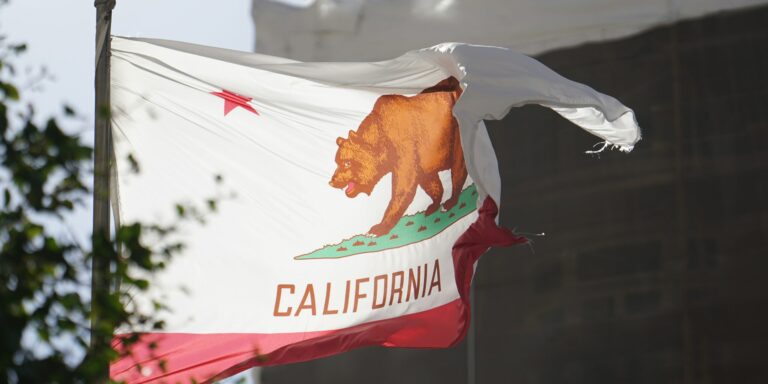California legislators have passed a $325 billion state budget, approved on June 19, which addresses a projected $12 billion fiscal shortfall not by slashing social services, but by turning to borrowing to fill the gap. The plan, passed largely along party lines, notably sets aside most of Governor Gavin Newsom’s proposed funding reductions targeting essential programs, transferring the burden to bonds and various reserves as the state enters the new fiscal year, which starts July 1.
Rather than cutting deeply into Medi‑Cal, homelessness initiatives, education, or other vulnerable social supports, lawmakers endorsed issuing approximately $7.8 billion in new bonds and deferring an additional $1 billion through delayed payments and accounting shifts, alongside about $3.5 billion in targeted reductions to balance the books. These borrowing steps effectively postpone immediate service cuts, though critics argue they push difficult decisions into future budgets.
This marks a shift from the governor’s revised May proposal, which had initially aimed to reduce the deficit by tapping reserves, limiting benefits for undocumented immigrants, and imposing user fees—such as a $100 monthly Medi‑Cal premium—on some recipients. That plan had projected saving over $6 billion annually, including a significant pause in Medi‑Cal enrollment for low‑income immigrants without legal status, but legislators rejected most of these cuts in favor of a borrowing-heavy approach.
The result is a fragile financial patch: the state stays afloat, social services stay intact—at least for now—and the legislature defers deeper cuts to later debate. Newsom acknowledged the relief borrowing offers in the short term, but cautioned that borrowing and tapping reserves merely delay the underlying structural issues that will resurface as the rainy day fund depletes and bond debt accumulates.
One high-profile casualty emerged in the compromise: a publicly beloved State Library Parks Pass program, which allows library patrons to check out access passes to state parks. Despite legislative attempts to preserve the program—backed by Governor Newsom—it was removed from the final budget. Advocates argue removal harms low-income communities who benefit most from free park access.
Budget analysts caution that continued reliance on “internal borrowing,” credit strategies, and rainy-day funds may introduce looming risks. While the legislature has proposed future reforms—including raising rainy-day fund caps from 10 percent to 20 percent of General Fund revenues pending a public vote—the draw on reserves this year creates pressure on future budgets .
Finance experts also note California’s volatile revenue stream, which depends heavily on capital gains and high-income taxpayers. That volatility—attributed by Newsom in part to federal tariffs and economic uncertainty—makes the state susceptible to sharp budget swings, amplifying the vulnerability of a borrowing-heavy approach. For example, Newsom described a “Trump slump” that weakened revenue projections by $16 billion, compounded by unexpected Medi‑Cal cost overruns and wildfires disrupting tax filings.
Despite the tension, the legislature agreed to pass Thursday’s budget to meet the constitutional deadline and avoid a government shutdown or forfeiture of legislators’ pay. The agreement postpones contentious choices, requiring more negotiations in the late summer and possibly into the fall session .
Critics of the arrangement say the state is embracing gimmicks—short‑term fixes and accounting maneuvers rather than structural reforms—to delay real choices. Past budgets that relied heavily on internal loans and rainy-day funds have left deficits that balloon again in subsequent years.
Already, public programs face oversight. The defunding of the State Library Parks Pass drew pushback; fans and advocates urging legislators to restore the program before the session concludes in September.
As California heads into the 2025–26 fiscal year, the political and financial spotlight will remain on upcoming negotiations. Key looming questions include whether the state can stabilize its finances without compromising social supports, how it will manage long‑term debt and reserve levels, and whether reforms—such as overhauling reserve rules—can gain public approval.
The passage of this borrowing‑heavy budget underscores California’s deep fiscal dilemma: whether to make unpopular policy determinations now or defer them—and risk even tougher choices ahead. While the July 1 budget start brings relief, analysts warn that relying on debt creates a precarious roadmap, one that defers fiscal discipline and increases exposure to future downturns.



